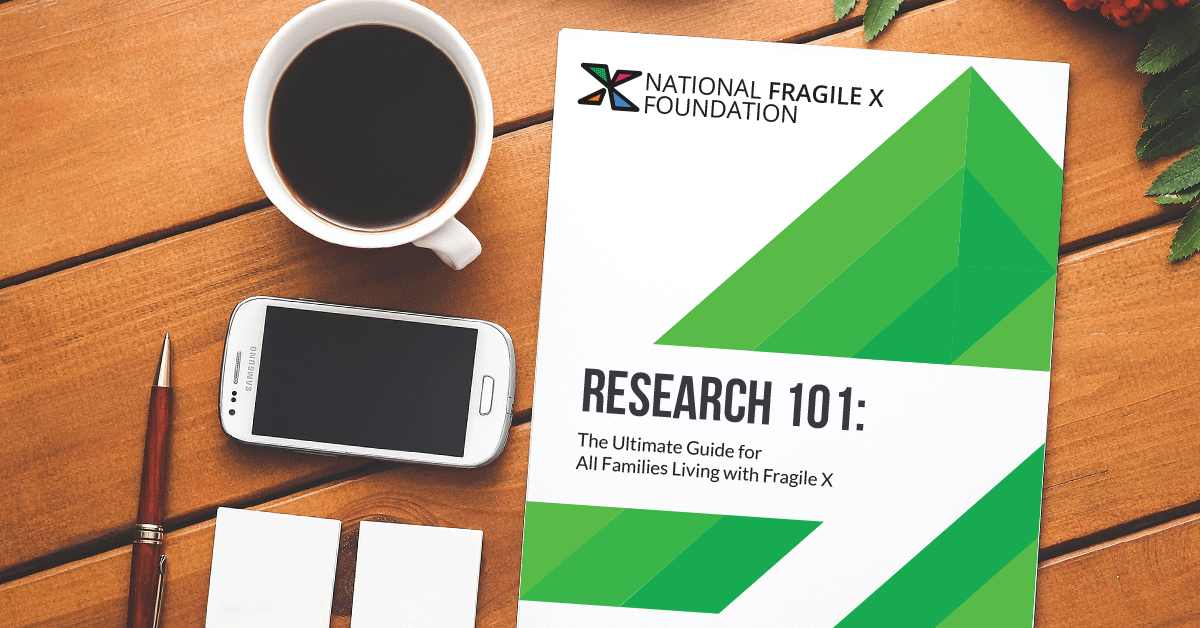The Ultimate Guide for All Families Living with Fragile X
Learn more about research: what it is, how it evolved, what protections are in place, what you may be asked to do, why it’s important, and what we are doing to make sure your voice is heard during all treatment development. Here are just a few of the chapters:
- Background: The Evolution of Research
- The Evolution of Research in Rare Diseases
- Phases of a Clinical Trial
- What to Expect When Participating in Research
- Why Does Research Matter?
- Families Talk About Research
- Tips & Tricks for Participating in Research
- Federal Investment in Research
- The NFXF’s Role in Research
- plus more …
As with all of our digital resources, this is provided free of charge. The ability to pay shouldn’t stand in the way of giving help and hope to those living with Fragile X.


What makes Ayden Xtraordinary to you?
Ayden is an amazing, sweet, smart, caring child and his laugh is contagious. He is my lovable soon-to-be 13-year-old son. He has taught me patience and to love the little things in life that most take for granted.



